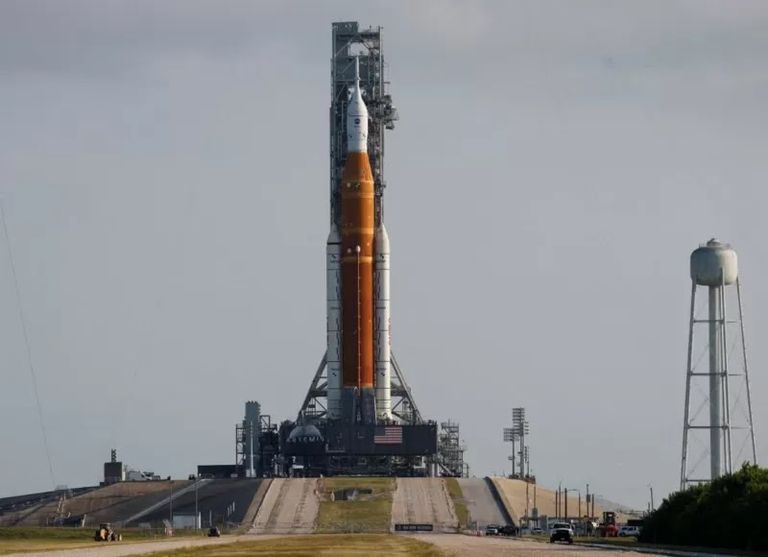
You must have wondered how rocket engines endure the blistering temperature in their combustion chamber and the nozzles. What materials are they made of that does not melt under such high temperatures?
The car engine has a water filled heat radiator that dissipates the heat from the engine though a system of tunnels in the engine's body as water is pumped through it and then cooled at the radiator for recycling - a kind of reverse heat exchanger.
Rockets use a similar system only that things are a little crazier here. It is the fuel itself or the oxidizer and not water that is pumped. And this is why you have those veins on a rocket nozzle.
Rocket systems always carry cryogenic or supercooled fuel or oxidizer or both. In the case of Artemis, the fuel is liquid hydrogen which is supercooled of course (without supercooling, hydrogen will remain a gas and not liquefy).
The ignition sequence requires that the fuel is pumped through the piping you see on rocket engines and nozzles to deeply cool it before and while the engine is running. One of the four engines on Artemis core stage did not achieve specified low temperature today as the launch was getting ready and supercooled fuel flowed through its veins. Had the launch proceeded, that engine would simply have heated up fast and explode in flight and that would have been the end of a greater part of 23 billion dollars.